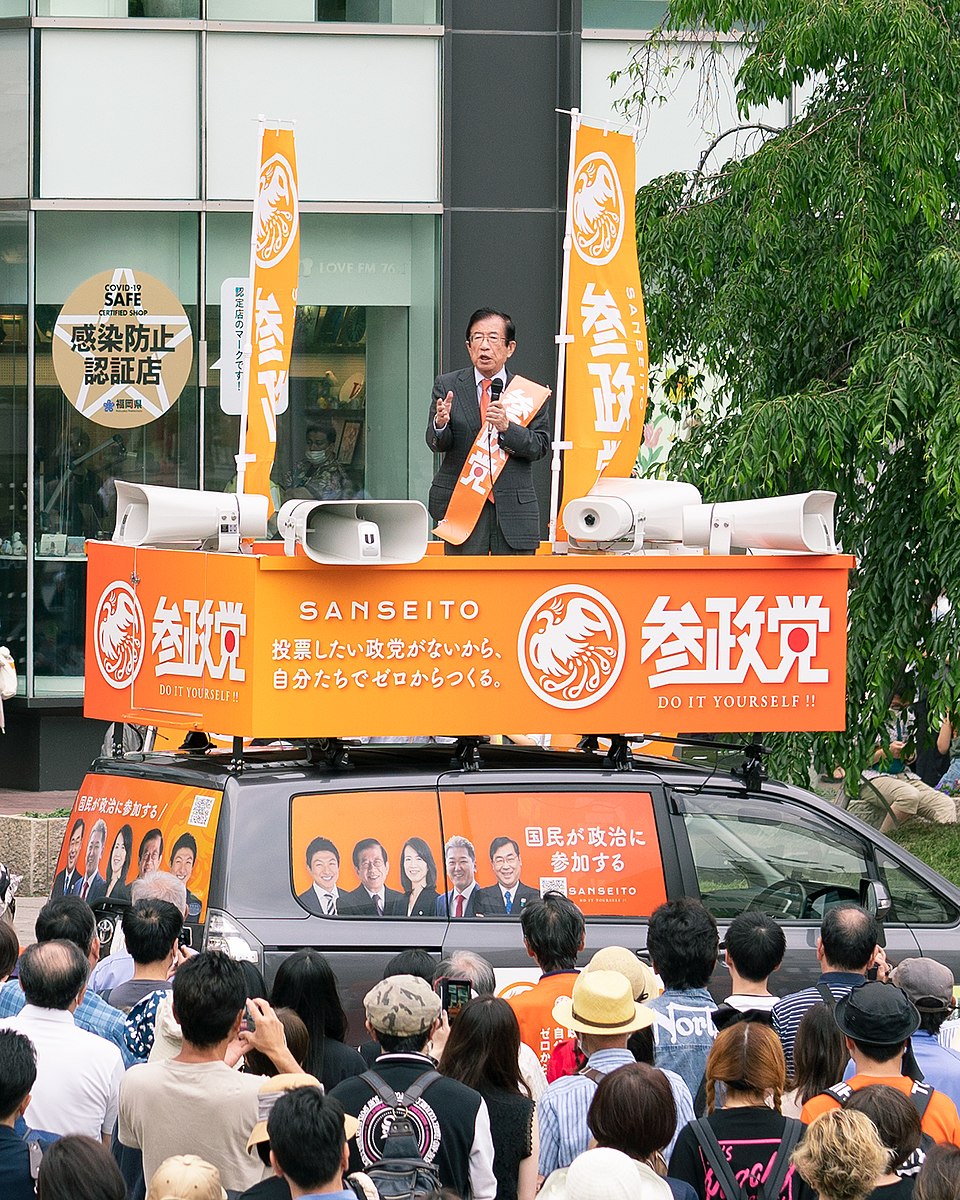Japan's Far-Right Emergence: Influence of Trump and Tourism

In a significant political shift, Japan's once obscure far-right party, Sanseito, has surged from one to fifteen seats in the recent elections, positioning itself as a formidable contender in the nation's political arena. This rise can be attributed to a combination of economic frustrations among the population and the influence of populist movements led by figures such as former U.S. President Donald Trump. The elections, held on [insert date], reflect a broader discontent with the ruling Liberal Democratic Party (LDP) and the government's handling of pressing issues such as inflation and immigration.
Historically, Japan has been characterized by stable politics, with the LDP maintaining a dominant presence since 1955. However, recent developments have introduced a wave of populism reminiscent of trends seen in Western democracies. According to Dr. Jeff Kingston, Professor of Asian Studies at Temple University in Tokyo, the rise of Sanseito can be traced back to the discontent fostered by economic hardships, particularly the doubling of rice prices attributed to supply shortages and external shocks like natural disasters.
"The price of rice has become emblematic of the rising cost of living and stagnant wages, prompting voters to seek out alternatives to the status quo," states Dr. Kingston. This economic backdrop has fueled support for Sanseito's platform, which echoes Trump’s 'America First' rhetoric with its 'Japanese First' slogan.
The economic grievances are compounded by a growing concern over immigration. As Japan grapples with an aging population, the number of foreign residents reached approximately 3.77 million by the end of last year, marking an 11% increase from the previous year. This demographic shift has been met with resistance from segments of the population who feel threatened by rising immigration levels. Uta Kato, a young voter and Sanseito supporter, expressed her concerns, stating, "The number of foreign immigrants who don’t obey the rules is increasing. The burden on citizens is getting heavier."
Sanseito, founded in 2020 by Sohei Kamiya, has capitalized on these sentiments, blending economic anxiety with nationalistic fervor. Kamiya, a former supermarket manager, cites Trump as a key influence on his political style. His party's messaging resonates particularly with younger voters who feel disenfranchised by traditional politics.
According to Rintaro Nishimura, an associate at the Asia Group think tank, Sanseito's success is less about policy proposals and more about the delivery of its message. "It’s the passion and the emotional appeal that attract voters looking for change," he explains.
Critics argue that Sanseito has exploited public fears regarding immigration and foreign tourists to gain political traction. Incidents involving foreign tourists behaving inappropriately have been highlighted by the party to stoke fears of a broader 'foreign problem.' Jeffrey Hall, a lecturer in international studies at Kanda University of International Studies, argues that this conflation of issues is misleading and serves to scapegoat immigrants.
In response to these rising tensions, Japan's government is attempting to address public concerns by implementing new measures aimed at regulating foreign tourists and immigrants. Prime Minister Shigeru Ishiba's administration is actively engaging in discussions surrounding immigration policies, though critics maintain that these efforts are insufficient and misdirected.
As Japan navigates this political upheaval, the implications for its long-standing democratic stability are profound. While the LDP remains a powerful entity, the emergence of Sanseito signals a shifting political landscape that could redefine the future of governance in Japan. Analysts emphasize that the recent electoral outcomes may be indicative of a growing desire among the electorate for alternative voices in the political discourse.
In conclusion, Japan finds itself at a critical juncture, where economic woes and the influence of international political movements converge, creating fertile ground for far-right ideologies to flourish. The enduring question remains whether this populist trend will solidify its place in Japanese politics or fade as a transient phenomenon. The coming months will likely reveal the resilience of Japan's political institutions in the face of such challenges.
Advertisement
Tags
Advertisement




